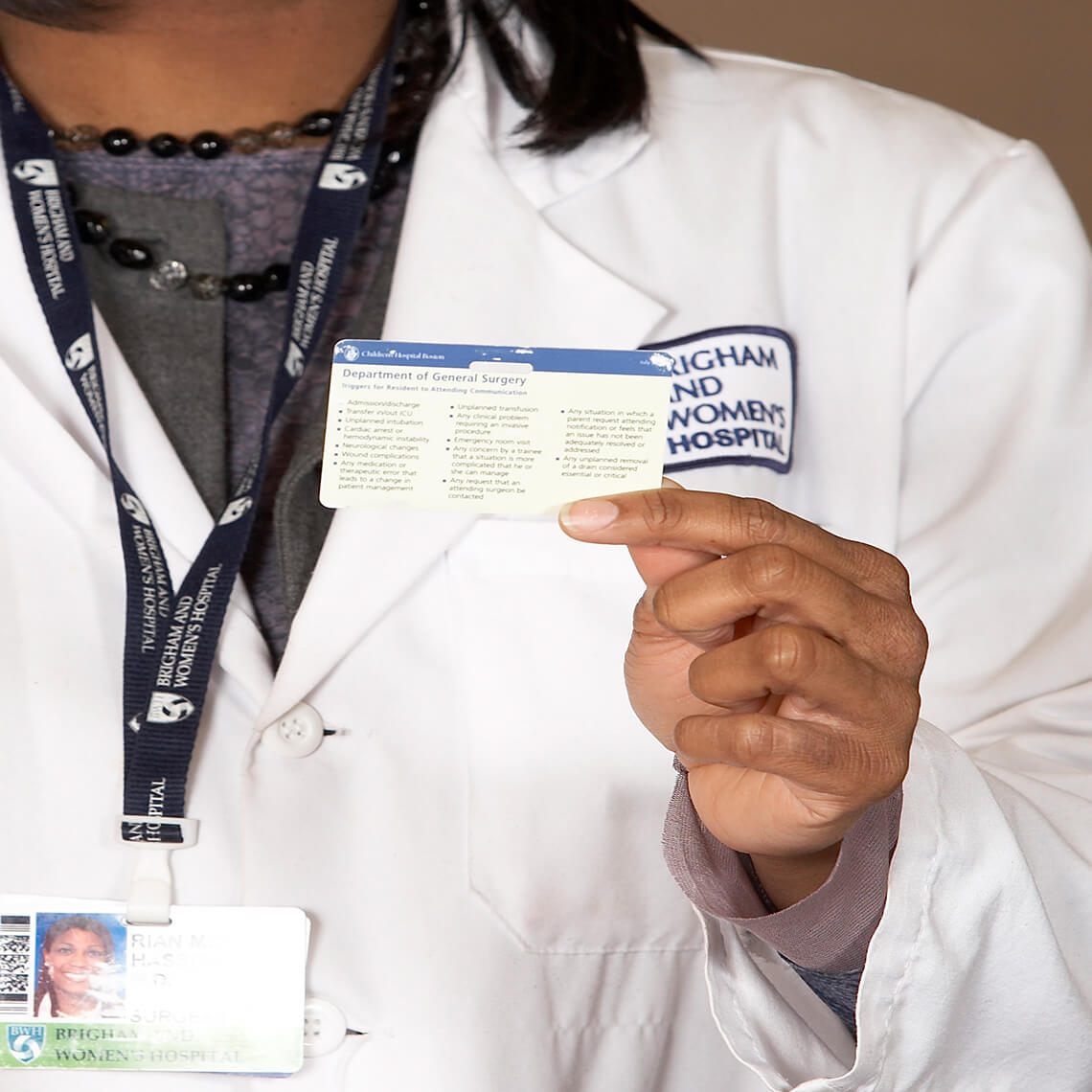Blog Post
Structured Patient Handoffs Can Help Avoid Malpractice Cases

Using Candello data, researchers at Boston Children’s Hospital have demonstrated a link between patient handoff failures and malpractice cases. Further, they showed that, among cases involving a communication error, 77 percent of them could have been prevented by use of a structured handoff.
The handoff communication failures fell into several categories, explains Melissa Sundberg, MD, MPH, co-author and emergency medicine physician at Boston Children’s Hospital.
“Most of the failures involved information that was not passed on appropriately, but we further looked into whether it was related to a medication, radiology, lab study, or other information that was not passed on. They covered a broad range of specific types of information, but most of them involved an omission of some type when communicating with other providers or the patient and family.”1
Of note, the researchers found that the most common lapses in handoffs were the failure to communicate the severity of the illness and a contingency plan—the latter is particularly important for patients being cared for by family members at home.
I-PASS, a five-step patient handoff tool, explicitly addresses these two areas:
| I | Illness Severity |
| P | Patient Summary |
| A | Action List |
| S | Situation Awareness and Contingency Planning |
| S | Synthesis by Receiver |
The authors hope that their research will help organizations develop support—both financial and clinical—for adoption of structured handoff protocols.
The Paper
Humphrey KE, Sundberg M, Milliren CE, Graham DA, Landrigan CP. Frequency and nature of communication and handoff failures in medical malpractice claims. Journal of Patient Safety. 2022;18(2):130-137. doi:10.1097/PTS.0000000000000937
Reference
1. Improving patient handoffs helps reduce malpractice claims. Healthcare Risk Management. March 1, 2022. Available at https://www.reliasmedia.com/articles/149130-improving-patient-handoffs-helps-reduce-malpractice-claims
Related Blog Posts
Investing in Patient Safety


Mind the Gaps: Learning How to Avoid Miscommunication Pitfalls
January Safety Salute | MedStar Health Creating a Just Culture

